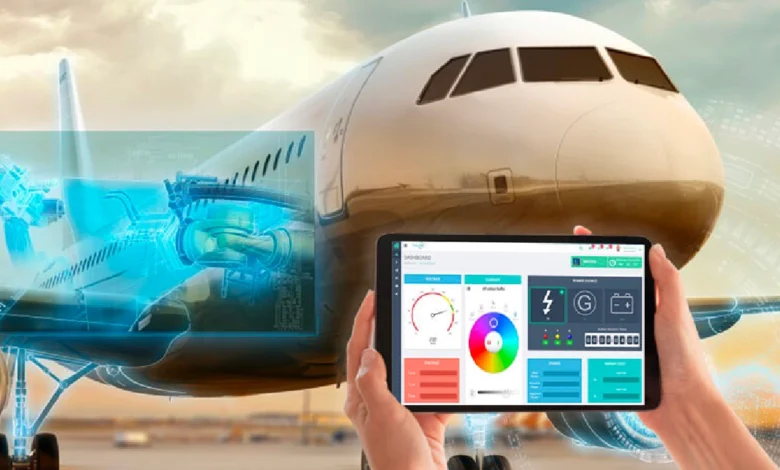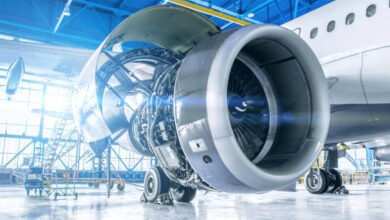Aviation Problem Sees No Tech Solution

The aviation industry is at a crossroads where numerous challenges persist despite rapid technological advancements. Issues such as regulatory hurdles, compliance complexities, and human factors like inadequate training continue to undermine operational efficiency and safety. While emerging technologies promise improvements, they often fail to address the multifaceted nature of these problems, suggesting that reliance on tech solutions alone is insufficient. This raises critical questions about the future of aviation problem-solving and the need for a more integrated approach. What strategies might emerge to bridge these gaps and foster genuine progress?
The Complexity of Aviation Issues
The complexity of aviation issues is often underestimated, as various interrelated factors contribute to the challenges faced by the industry.
Regulatory challenges persist, complicating compliance and hindering innovation.
Additionally, the environmental impact of aviation operations raises urgent questions about sustainability.
Addressing these multifaceted issues requires a comprehensive understanding of the interplay between regulatory frameworks and ecological considerations, highlighting the need for strategic solutions that prioritize both freedom and responsibility.
See also: Aviation Problem Sees No Fast Tech
Limitations of Current Technologies
Within the aviation sector, current technologies exhibit significant limitations that impede progress toward resolving existing challenges. Data analysis capabilities are often insufficient, hampered by regulatory challenges that complicate implementation.
Additionally, cost implications associated with adopting new systems deter investment. Training requirements for personnel on existing technologies further exacerbate inefficiencies, creating a cycle that stifles innovation and inhibits the sector’s ability to evolve effectively.
Human Factors in Aviation
Technological limitations in the aviation sector are often exacerbated by human factors that influence operational efficiency and safety.
Crew resource management, decision-making abilities, and effective fatigue management are critical. Communication barriers can hinder situational awareness, while inadequate training effectiveness may contribute to error management challenges.
Understanding psychological factors is essential to enhance performance and ultimately achieve safer aviation operations, addressing inherent human vulnerabilities.
Future Perspectives on Solutions
Looking ahead, the aviation industry must grapple with the interplay between emerging technologies and the persistent human factors that challenge operational efficiency and safety.
Sustainable innovations hold promise, yet regulatory challenges impede their implementation.
A balanced approach is essential, integrating advanced solutions while addressing human-centric issues, ultimately fostering an environment conducive to progress without sacrificing the autonomy and freedom that aviation represents.
Conclusion
In conclusion, the challenges faced by the aviation industry extend beyond the realm of technology, necessitating a comprehensive approach that encompasses regulatory frameworks and human factors. As innovations emerge, one must consider: can the aviation sector truly advance without addressing the underlying complexities of compliance and human dynamics? Ultimately, a balanced integration of technology, regulation, and human capability is crucial for fostering safety, efficiency, and innovation in aviation, ensuring a sustainable future for the industry.




